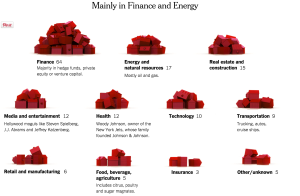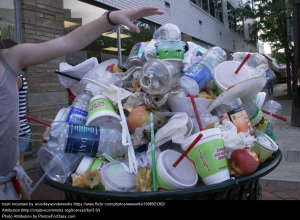The “New Compton” is a phrase that has fallen out of the mouths of Compton politicians for decades now. It promises safety and economic revitalization, it whispers hope into an area marked by blight.
It’s easy to single out the crack epidemic of the ’80s and the gang violence of the ’90s as causes for Compton’s economic woes. But whatever the problems in the past were, the economic trials of Compton’s present are exacerbated by something as simple and mundane as a credit rating.
Or rather, the lack thereof.
Because just as a credit rating has a profound effect on where a person can live — and how well — a city’s credit rating can dictate how a city governs itself and how well it can take care of its citizens.







